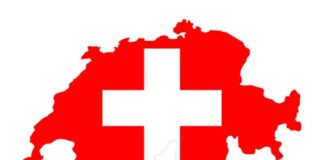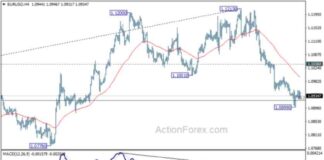Blue Owl Capital Corp III, a Business Development Company (BDC) listed on the New York Stock Exchange under the ticker symbol OBDE, has reported a strong performance in the second quarter of the year. In addition to its impressive quarterly results, the company has also announced a merger with its sister BDC, Blue Owl Capital Corp (OBDC), which is expected to provide a significant valuation catalyst for OBDE.
Quarterly Performance and Merger Catalyst
For the second quarter, OBDE and OBDC delivered a total Net Asset Value (NAV) return of 2.1%, which is slightly below the average for the sector. Despite this, the fundamentals of the company have remained stable, leading to a Buy rating from analysts. OBDE’s industry focus lies in the technology, insurance, and healthcare sectors, which are considered non-cyclical and provide stability to the portfolio.
One of the key highlights of the merger with OBDC is the potential uplift in the valuation of OBDE shares. Currently trading at a 4% lower valuation than OBDC, the merger is expected to align the two companies’ valuations, resulting in a significant increase in OBDE’s stock price. The merger is structured as a NAV-for-NAV exchange, with OBDE shareholders likely to benefit from the higher valuation of OBDC.
Benefits of the Merger
The merger with OBDC offers several advantages for OBDE. In addition to the potential valuation uplift, the combined entity is expected to realize cost savings of around $5 million, boosting net investment income by approximately 2%. Furthermore, the merger is anticipated to support the stock price by waiving the last lock-up expiry, which could have otherwise impacted the share price negatively.
Another benefit of the merger is the lower level of interest expense in OBDC compared to OBDE, as well as a higher portfolio yield. This difference in net investment income yield between the two entities is expected to benefit the merged company, with a slight decrease in net investment income compared to OBDC but still well above OBDE’s level.
Challenges and Mitigants
Despite the positive aspects of the merger, there are some challenges to consider. One such challenge is the higher level of non-accruals in OBDC and a lower first-lien allocation, which may indicate a less “safe” portfolio. However, the loss rate for OBDC remains low at 0.14% annualized, and the equity allocation provides potential upside for the portfolio.
Additionally, the portfolios of OBDE and OBDC are similar, with approximately 90% of investments in OBDE also present in OBDC. This similarity in portfolios reduces the risk associated with the merger and provides continuity for shareholders of both companies.
Financial Performance and Outlook
In the second quarter, OBDE reported a 4% increase in net investment income to $0.41, outperforming the sector average. The company declared a $0.35 base dividend, unchanged from the previous quarter, along with a $0.06 special dividend, resulting in a total dividend yield on NAV of 10.6%. The NAV fell by 0.6%, primarily due to the special dividend, which impacted the total dividend coverage and supported the NAV.
The merger with OBDC is expected to increase the dividend yield for OBDE shareholders, as OBDC features a higher distribution rate on NAV. The NAV drop in the second quarter was the first since mid-2022, indicating a temporary fluctuation in performance.
Conclusion
In conclusion, the merger between Blue Owl Capital Corp III and Blue Owl Capital Corp presents a significant opportunity for OBDE shareholders. The alignment of valuations, cost savings, and potential dividend yield increase are all positive outcomes of the merger. Despite some challenges, such as higher non-accruals in OBDC, the overall benefits of the merger outweigh the risks.
As the companies move forward with the merger, investors can expect a stronger combined entity with enhanced financial performance and potential for increased shareholder value. The merger is a strategic move that positions OBDE for future growth and success in the BDC sector.

















